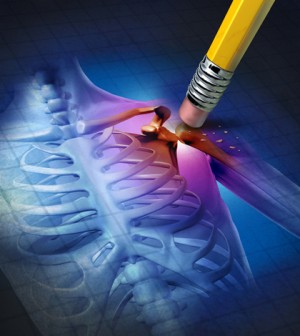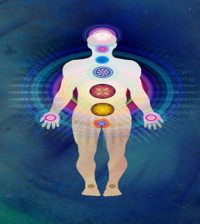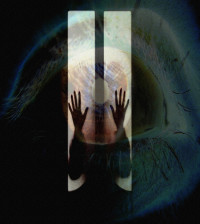- 5 Tips To Finding Peace Within Yourself
- The Do’s and Don’ts of Learning How to Accept Yourself
- How to Find Your Inner Peace and Transform Your Life
- 8 Benefits of Having an Open Mind and How to Get One
- Learn How To Be A Happier Person
- What Is The Meaning Of Life?
- Laws of Abundance – The Riches of Love and Joy
- How to Be Laid Back By Following These 9 Simple Strategies
- The meaning of confucius’ golden rule – 4 practical ways of living it
- 3 methods of unleashing the power of contentment in your life
Eight Effective Pain Management Techniques that Work

Aristotle called pain the “passion of the soul.” Your thoughts regarding pain are probably not quite as intellectual as Aristotle’s. Pain, however unpleasant it may be, is the body’s mechanism of self-preservation. It alerts us when we are in danger of injury. Basically, having some mild, acute pain is a good thing. But dealing with chronic pain can be exhausting and intolerable. This has become a big business for holistic practitioners, as well as conventional healthcare providers. More than half of Americans suffer some form of chronic or recurrent pain, according to a nationwide 2005 survey conducted by Stanford University Medical Center. Discover these 8 effective pain management techniques you can employ to avoid the use of addictive pain medications.
1. Exercise
One of the simplest pain management tips your doctor or advisor can offer is exercise. Physical exertion promotes strength of muscles, as well as improves cardiovascular health. Experts say that exercise can lessen pain, maintain function, and reduce swelling and inflammation. What’s more, exercise boosts the natural endorphins in the body. These chemicals not only improve your mood, they block pain signals, therefore reducing pain. Ask your doctor what exercise routine is best for you, considering your individual health conditions.
2. Manual Manipulation
Chiropractic adjustments and osteopathic maneuvers help alleviate pain for many individuals. These techniques use physical touch to alter tissue structure, function, and morphology with the primary goal of increased circulation to the muscles and joints.
3. Biofeedback
Another one of the best pain management tips is the behavioral modification of biofeedback. This technique is where you control your own body function. It may sound like science fiction, but research suggests that biofeedback eliminated pain by optimizing your response to pain and pain stimuli.
4. Cutaneous Stimulation
Cutaneous stimulation involves the superficial cooling or heating of the skin. This age-old technique yields the best results when used together with exercise and other circulatory methods. Heat and cold treatments alleviate the pain and stiffness associated with arthritis and disc disorders. The cold therapy works by numbing the area and reducing inflammation, while the heat increases blood flow to the area.
5. Electrotherapy
A pain management tip fairly unknown to many is electrotherapy. The doctor or therapist uses a transcutaneous electrical nerve stimulator (TENS unit) to attempt to reduce your pain. This device produces low-voltage electric stimulation that corresponds with the sensory nervous system to reduce pain sensations.
6. Massage Therapy
One of the oldest pain management tips around is massage therapy. The reliance on a variety of massage techniques allows you to increase water flow and decrease swelling. Massage relieves tense muscles, promotes endorphins, and soothes aching joints. The massage therapist can use a comprehensive approach of massage techniques, such as reflexology, neuromuscular therapy, or Swedish massage.
7. Meditation
To help your body relax, try deep breathing with meditation to relieve tension and tightness from your muscles. Focusing on your breathing, repeating a phrase or word (mantra), and ignoring other thoughts all cause your body to relax. With meditation, you reduce the stress that intensifies chronic pain and worsens conditions like anxiety, depression, and anger. Meditation with progressive muscle relaxation enhances the release of endorphins and serotonin, two chemicals that help with pain management.
8. Manage Your Stress
It sounds like simple advice, but stress management is a crucial component of pain management. Stress and fatigue increase pain and make it worse. Schedule appointments, keep a daily routine, avoid stress triggers, and learn to say no to added responsibilities. By decreasing the stress in your life, you can also decrease the pain.








































You must be logged in to post a comment Login